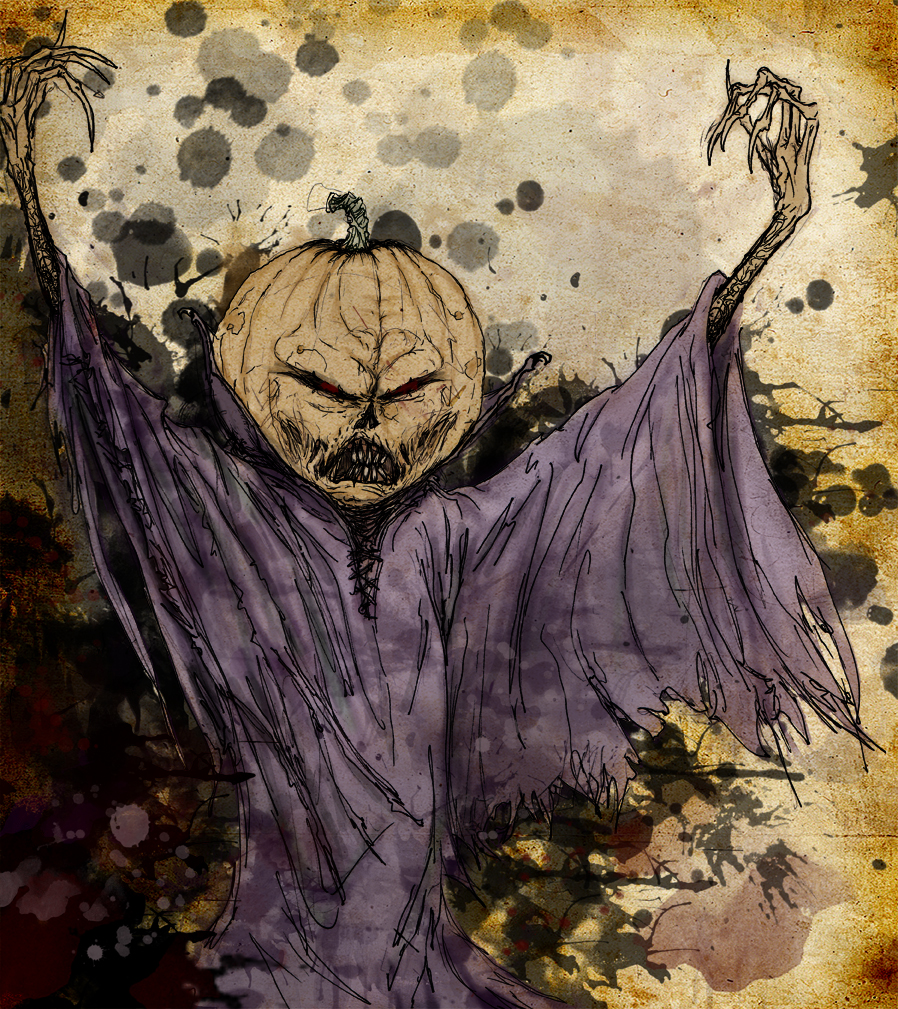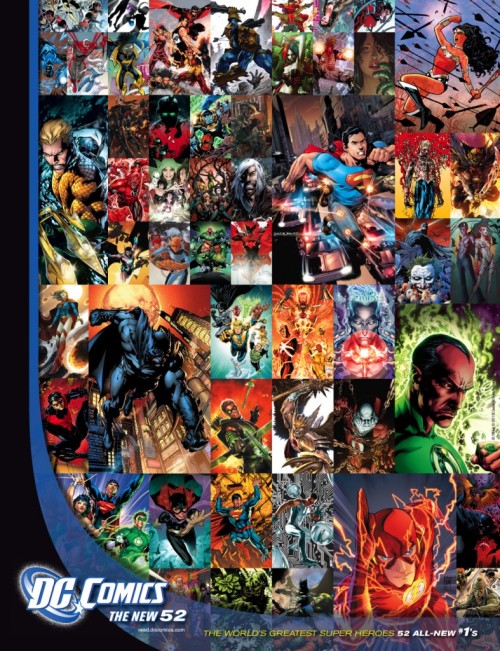THE FRANCHISE RIGHTS
In 1988, The Real Ghostbusters made their foray into the four-colored world by both
Marvel’s United Kingdom office and Tony Caputo’s
NOW Comics. The UK run, which lasted 193 weekly issues (monthly with the final few), 4 hardcover annuals, and multiple reprint collections put out as specials and their own monthly title, came out a few months before the NOW run. The book was published in magazine format with anywhere from two to three comic stories (depending on their length, sometimes extra one-pagers were added), a prose story which alternated monthly from a standard adventure to an entry in Winston Zeddemore’s diary, a prose spirit guide entry by Egon Spengler that would discuss something supernatural related to a story in that issue, and even a strip featuring their resident ghost, Slimer, primarily written and drawn by Bambos.

These comics were decidedly kid-friendly; the plots never being too deep and loaded with pun-laden dialogue. It featured a large rotating roster of creative talent, including names such as Dan Abnett and Andy Lanning (
Nova, Guardians of the Galaxy) and Richard Starkings (founder of lettering house
Comicraft and creator of
Elephantmen). The series also tended to introduce designs seen within the toy lines, rather than exclusively from the cartoon.
Late in the run, the books began to reprint stories from the NOW series, but because the length of the stories differed between the two comics they were usually broken up into multiple parts over the course of several issues. Stories previously published in the book itself were also sometimes reused. By issue 173, original stories ceased to be produced, and by #186 the book would finish out its run in a larger monthly format, but still using reprints.

NOW Comics, known as NOW Entertainment and NOW 3.0 in future incarnations, was founded by Tony Caputo and grew from a one man operation to publishing many titles in various countries. NOW’s biggest draw included licensed properties such as Married…With Children, The Green Hornet, Speed Racer and, of course, The Real Ghostbusters. The book ran for 28 issues before NOW filed for bankruptcy in late 1990. They were primarily written by James Van Hise, except for two issues, and drawn by John Tobias, who would later create the Mortal Kombat video game series with Ed Boon.
Their run also included a 3-issue limited series adapting the script from Ghostbusters II, but using the cartoon characters rather than trying to go for the actors’ likenesses. The series is most notable for introducing the cartoon version of Dana Barrett, absent from any episode delving into their origin and receiving only mentions in the UK books. It was also the only run collected into a trade paperback, limited to 3,000 copies and usually found on eBay for sale by writer Van Hise. Marvel, who ran the series as part of their reprints, also released their own version of the trade.

NOW made a brief comeback and resumed publishing. A second series was attempted later in 1991 and ran for 4 issues, with a 3-D special issue kicking off the main story than ran through all of them and often being considered the same as a #0 issue because of it. Two annuals were produced, one of them also being a 3-D issue. These issues would not only feature the original story, but a back-up reprint of a story from the UK series. This wouldn’t be the first time the main series had borrowed from the Marvel run. Issue 21 of the first volume was composed of 3 UK stories due to a production delay, splitting a two-part story in half. A few of the covers in volume 1 and all the main covers in volume 2 also ran with covers used in the UK series, but modified to normal comic size.
HE’S AN UGLY LITTLE SPUD
With the growing popularity of Slimer on the cartoon and the growing concerns of parents that the subject matter thus far was too dark for kids, the focused was shifted to make him a central character and the show as a whole more kid-friendly. Slimer was given his own spin-off cartoon with more stylized animation and paired up with the regular cartoon, creating the new hour-long Slimer! and the Real Ghostbusters. Following suit, both companies began publishing a Slimer comic.

NOW’s Slimer! ran for 19 issues featuring stories done in a similar style to his cartoon as well as the various characters from it. Marvel’s Slimer! ran monthly for about 12 issues in 1990, featuring longer versions of the strips found every month in the main book and reprints of NOW material. The Slimer! book was merged into the main book with #121, his name added to the title. Conversely, NOW did a similar move adding the Ghostbusters’ name to their Slimer! book with #12, featuring UK reprints until the book’s cancellation. It was also the only other Ghostbusters book to be collected in a trade; specifically the first three issues.
MY DAD SAYS YOU’RE FULL OF CRAP
In 1991, almost prophesized by the beginning of Ghostbusters II, Ghostbusters began to fall out of the public eye and the animated series eventually came to an end. The comic held on a little longer, though; the final issue produced in the 20th Century was 1993’s Slimer! 3-D Special.
As 80s nostalgia began to grow once again after the millennium, older properties started to find themselves with new life. Ghostbusters was experiencing its own resurgence with a brand-new release of the DVDs, a die-cast model from Ertl, a re-release of Ecto-1A from Johnny Lightning, action figures of the first movie villains by Neca (they could not secure Bill Murray’s likeness rights, so the actual Ghostbusters were never released until Mattel acquired the license in 2010), and the long-awaited commercial release of Elmer Bernstein’s score from the first movie.
WE’RE BACK
In 2002, a mysterious user calling himself Red Ketchup appeared on the forums at Ghostbusters.net, one of many Ghostbusters fan sites on the web, dropping vague hints about something Ghostbusters related on the horizon. Concept artwork featuring characters heavily influenced by the animated series, but in movie gear, appeared by someone called El Diablo. After more dropped hints and a lot of questions directed to fans, the identities of these two individuals were revealed to be Sebastien Clavet, owner and publisher of Canada-based 88MPH Studios, and Mark Brooks (Ultimate X-Men, Avengers: The Initiative). Brooks, it should be noted, was not the intended regular artist for the series nor were his designs the ones used.
Clavet had announced that, beginning in 2004, his company would produce a 4-issue mini-series called “Legion” that would lead into a new ongoing series. What set this series apart from the comics that came before was it took place in the movie universe, and that it featured a sliding timeline that placed the events of the first movie in the present, rather than 20 years prior. That meant internet, cell phones and modern pop culture references galore. It also completely disregarded Ghostbusters II, and paid homage to the animated series.
Billy Dallas Patton (Zoom Suit) was the intended artist for the series, but medical problems forced him to drop out after only doing a promotional picture of the characters and a #0 black and white issue called “The Zeddemore Factor,” which was given out at San Diego Comic Con that year to promote the series. Steve Kurth replaced him on the main title, with writer Andrew Dabb (Happydale: Devils in the Desert, Atomika), inker Serge LaPointe (Star Wars Tales), colorist Blond (War of the Supermen, Adventure Comics), and letterer Ed Dukeshire (Farscape, Shadowhawk). Despite the impressive overall presentation of the series, and the tremendous hype surrounding it, the series was plagued with numerous problems and controversy.

THESE MEN ARE CONSUMMATE SNOWBALL ARTISTS
One of the biggest fan contentions came from the numerous amounts of variant covers for the four issues. Each issue had a cover by the series regulars as well as a painted cover of the main characters by Dan Brereton (
Nocturnals). Issue one, however, had four additional covers; one exclusive to retailer Graham Crackers Comics, one exclusive to toy retailer
Toyzz.com, a retailer incentive cover of just the logo made with ultraviolet inks that shipped in sparse numbers depending on how many copies were ordered, and a second printing with a Christine inspired Ecto-1. Issue four had an additional cover exclusive to
Bulldog Collectibles. Small publishers often rely on variant covers to bolster sales of a book to keep cover prices low and compete with the bigger companies.
The cover complaints, though, were quickly overshadowed by increasing delays between issues. The mini was intended to run from February to May 2004, with an ongoing series beginning immediately in June, the 20th anniversary of the first movie. However, the first issue didn’t hit stores until that April, with the final issue coming out the following January. This resulted in a dip in sales with each successive release, as well as aggravation amongst regular Ghostbusters fans.
Clavet tried to combat this by keeping the hype alive, promoting that the series will happen and, in the meantime, a special hardcover of the mini would be released to tide fans over. Enticements included concept art, informational “Ecto-Logs,” a colorized version of “The Zeddemore Factor,” a foreword by Dan Aykroyd and an afterword by an unidentified actor related to the movies (popular speculation was this actor would be Bill Murray). The deadline for the pre-orders of the book were extended several times, causing concern over whether or not the book would actually come out, despite Clavet’s assurances to the positive. To date, however, only a soft cover version featuring just a cover gallery as an extra was released in the UK by
Titan Books.
Rumors had begun circulating that 88MPH was experiencing some financial difficulties, which may or may not have been a direct cause of the increased delays of the book. Co-inker Chuck Gibson (Silken Ghost, Backlash) and “Zeddemore Factor” colorist Adam Nichols reportedly experienced a massive delay in receiving payment for their work. Clavet made an attempt to raise money to publish the hardcover by offering an Ecto-1 and Peter Venkman lithograph for sale. He also considered cutting costs by replacing their trademark vehicle as he had to pay General Motors a fee for using the Cadillac ambulance as the base. That announcement drew a mixed reaction from fans, some not wanting it to happen while others just wanting the book to be made.
With the ongoing postponed indefinitely and the hardcover missing in action with most attempts at refunds futile, it seemed like this was the Ghostbusters’ last foray into comics for a long time. However, Titan Books stepped up once again to fill the void by releasing four digest-sized collections of the Marvel UK stories. Between 2005 and 2006, they released A Hard Day’s Fright, Who You Gonna Call?, Which Witch is Which? and This Ghost is Toast, three of them named for a story that appeared within.
THE BOYS IN GRAY ARE AT IT AGAIN
Then, at San Diego Comic Con 2008,
IDW announced they had acquired the rights to the franchise, as did Manga publisher
Tokyopop. IDW's first salvo was
The Other Side by Keith Champagne (
Green Lantern Corps, The Flash) and Tom Nguyen (
Army of Darkness) set in the movie universe but after the second movie. The series was met with mixed reviews for both the story and artwork. Tokyopop's
Ghost Busted was a a 192-page one-shot, featuring the talents of Nathan Johnson, Matt Yamashita, Maximo V. Lorenzo, Hanzo Steinbach, Chrissy Delk, Michael Shelfner and Nate Watson. It incorporated six different adventures of the Ghostbusters with one unifying subplot.












































